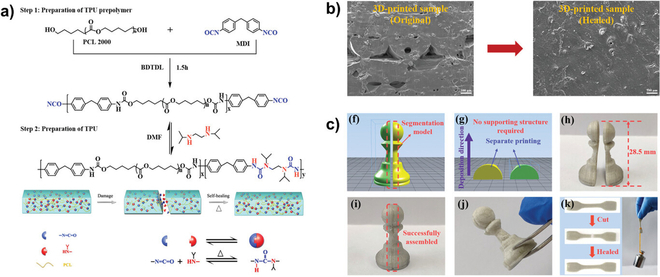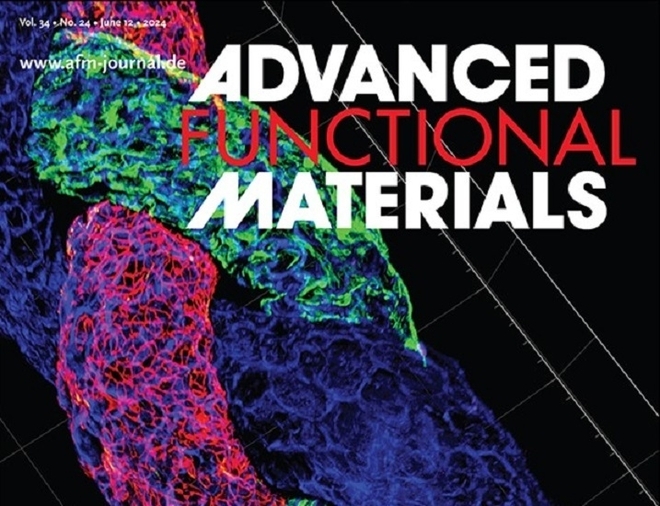
Professor Yoon Yong-jin's team from the Department of Mechanical Engineering at KAIST has published a paper on the research trends in self-healing material-based 3D printing technology (Self-Healing Materials for 3D Printing) in the top journal Advanced Functional Materials (Impact Factor: 19.924).
This study is recognized as the first review to provide a comprehensive analysis of self-healing materials that significantly improve the durability and lifespan of 3D printed structures.
3D Printing and Self-Healing Materials: A Promising Combination
Additive manufacturing, commonly known as 3D printing, creates solid structures by stacking materials layer by layer. This technology enables the easy creation of complex structures and on-demand manufacturing. The rapid development and increased availability of 3D printing technology have driven progress in developing new materials beyond the limited traditional options. In particular, self-healing (SH) materials have emerged as a promising solution for improving the durability and reliability of 3D printed products.
Self-healing polymers (high molecular weight compounds) have attracted considerable attention due to their ability to autonomously repair structural damage. These polymers extend the life of 3D printed products by self-repairing cracks caused by mechanical stress or environmental factors, thereby reducing waste and the need for frequent replacements.

Comprehensive Review of Self-Healing Materials for 3D Printing
Professor Yoon's paper integrates existing literature on self-healing materials for 3D printing, identifies the current state of technology, and proposes potential knowledge gaps and future research directions. The team conducted a thorough analysis of the latest developments in self-healing materials for 3D printing. Currently, only a small number of studies focus on developing simple and high-yield self-healing polymers suitable for industrial applications and high-throughput 3D printing technologies.
Professor Yoon's Vision for the Future of Self-Healing Materials for 3D Printing
Professor Yoon emphasizes the immense potential of self-healing materials to significantly contribute to the advancement of additive manufacturing. "We aim to develop solutions that maximize the effectiveness of self-healing materials and can handle larger and more complex damages," he stated.
The research team is continuously striving to advance cutting-edge technologies for practical applications. This study plays a crucial role in showcasing KAIST's technological capabilities to the world.
Support for the Research
Professor Yoon's research was supported by the Ministry of Trade, Industry and Energy (MOTIE) and the Korea Evaluation Institute of Industrial Technology (KEIT) (Project No. 20023781), the Defense Acquisition Program Administration (DAPA) and the Daejeon Metropolitan City-supported Defense Technology Promotion Research Institute (KRIT) Daejeon Defense Innovation Cluster project (No. DC2022RL), and the National R&D Program (Project No. 2022M3H4A1A04096393) of the National Research Foundation of Korea (NRF) funded by the Ministry of Science and ICT.
For more information and the full paper, please visit Advanced Functional Materials.

